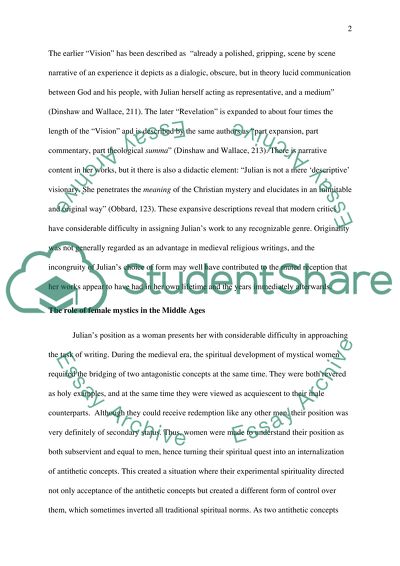Cite this document
(“Julian of Norwichs Views on the Body and Christ as mother Research Paper”, n.d.)
Julian of Norwichs Views on the Body and Christ as mother Research Paper. Retrieved from https://studentshare.org/literature/1403465-julian-of-norwichs-views-on-the-body-and-christ-as-mother
Julian of Norwichs Views on the Body and Christ as mother Research Paper. Retrieved from https://studentshare.org/literature/1403465-julian-of-norwichs-views-on-the-body-and-christ-as-mother
(Julian of Norwichs Views on the Body and Christ As Mother Research Paper)
Julian of Norwichs Views on the Body and Christ As Mother Research Paper. https://studentshare.org/literature/1403465-julian-of-norwichs-views-on-the-body-and-christ-as-mother.
Julian of Norwichs Views on the Body and Christ As Mother Research Paper. https://studentshare.org/literature/1403465-julian-of-norwichs-views-on-the-body-and-christ-as-mother.
“Julian of Norwichs Views on the Body and Christ As Mother Research Paper”, n.d. https://studentshare.org/literature/1403465-julian-of-norwichs-views-on-the-body-and-christ-as-mother.


